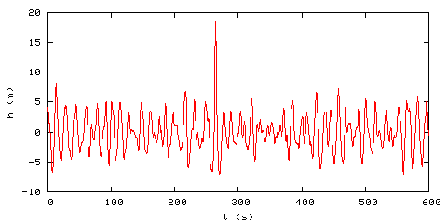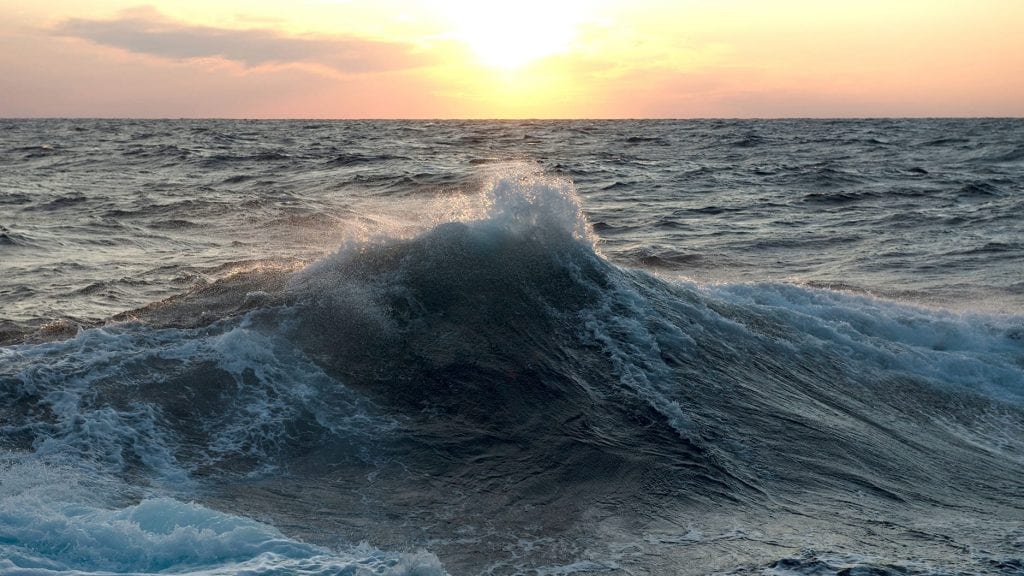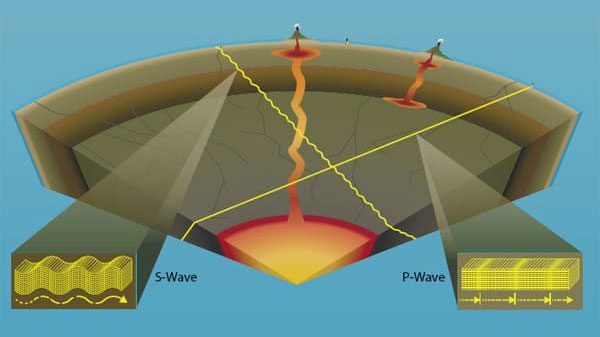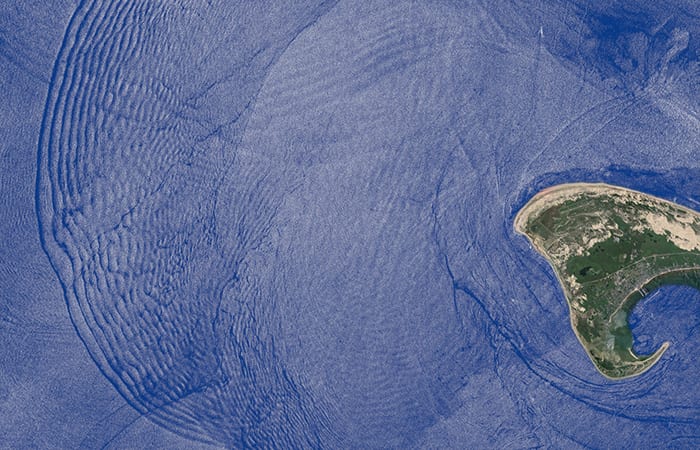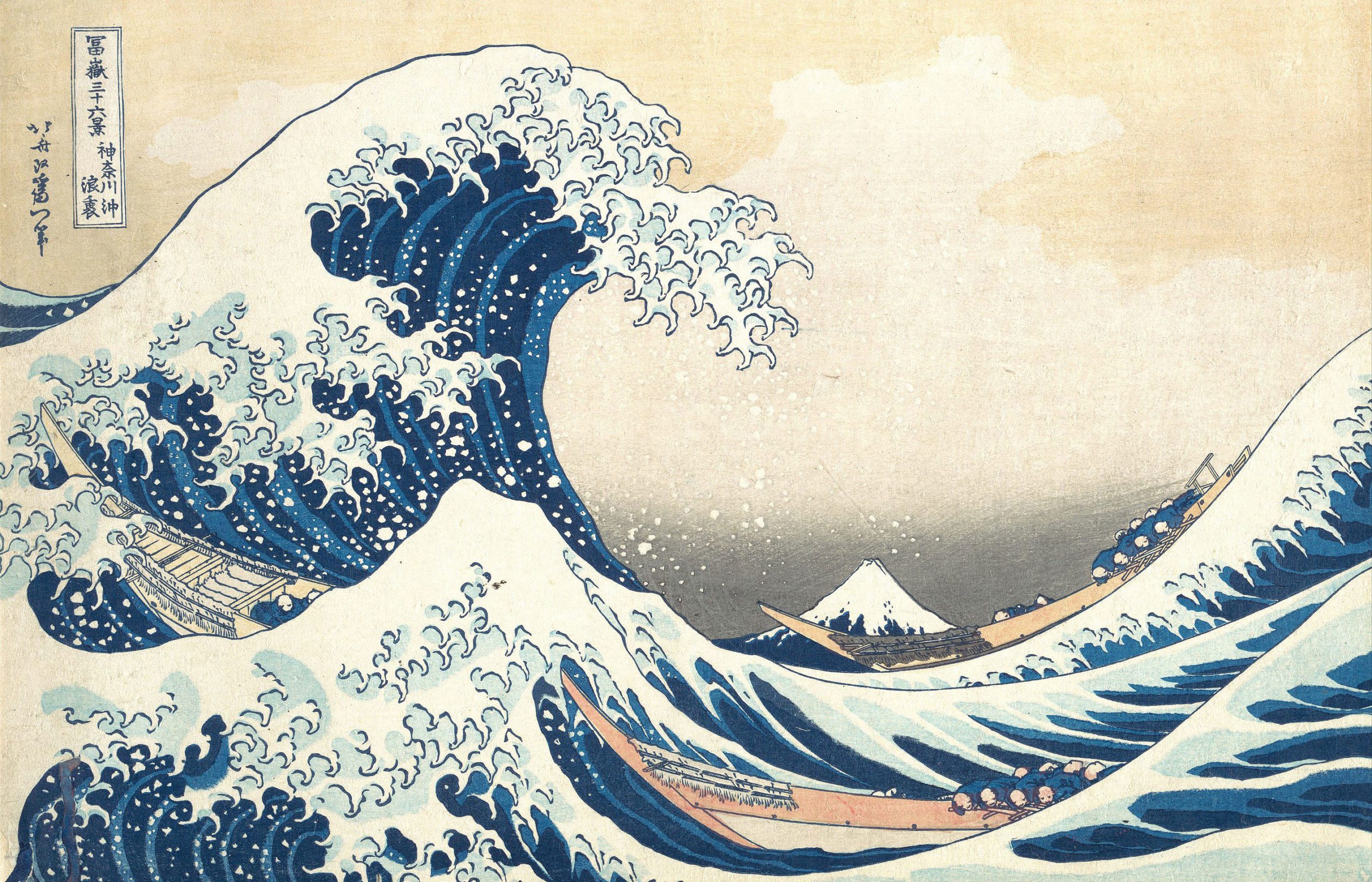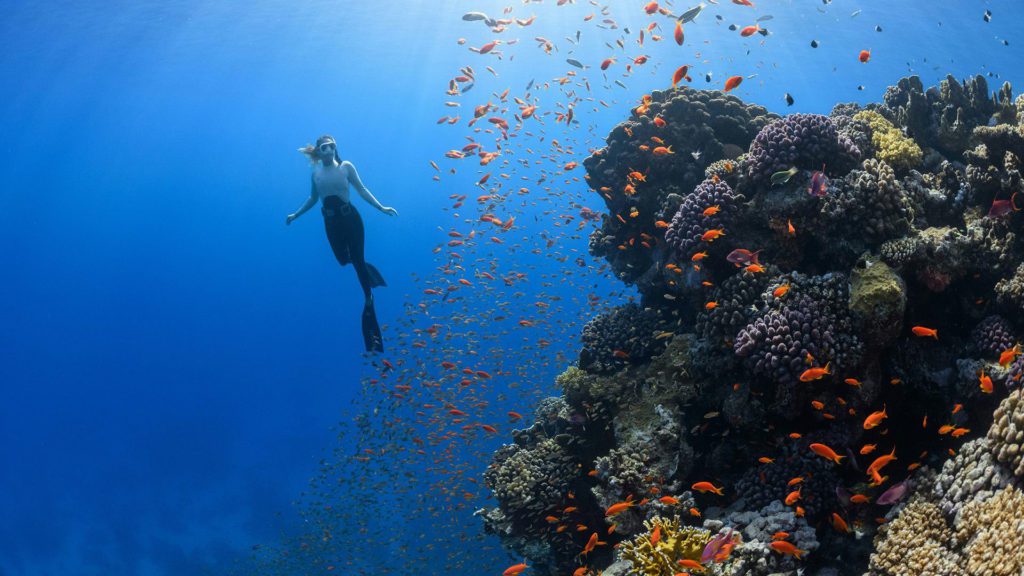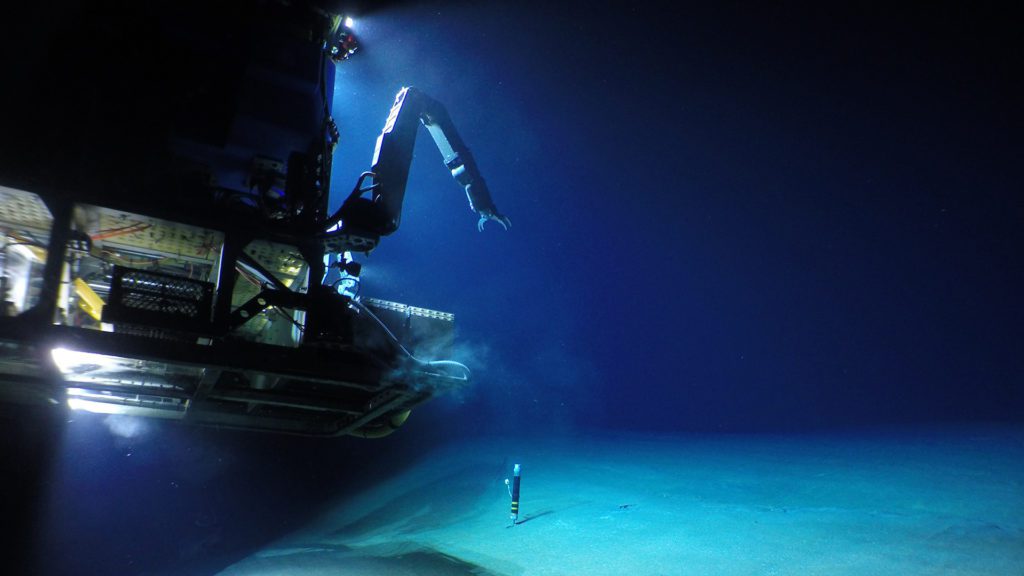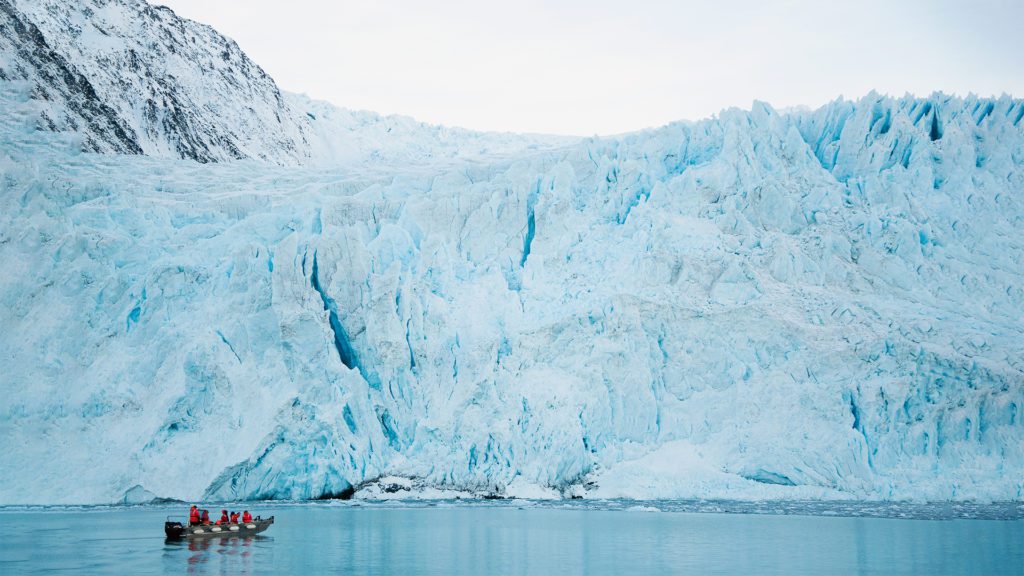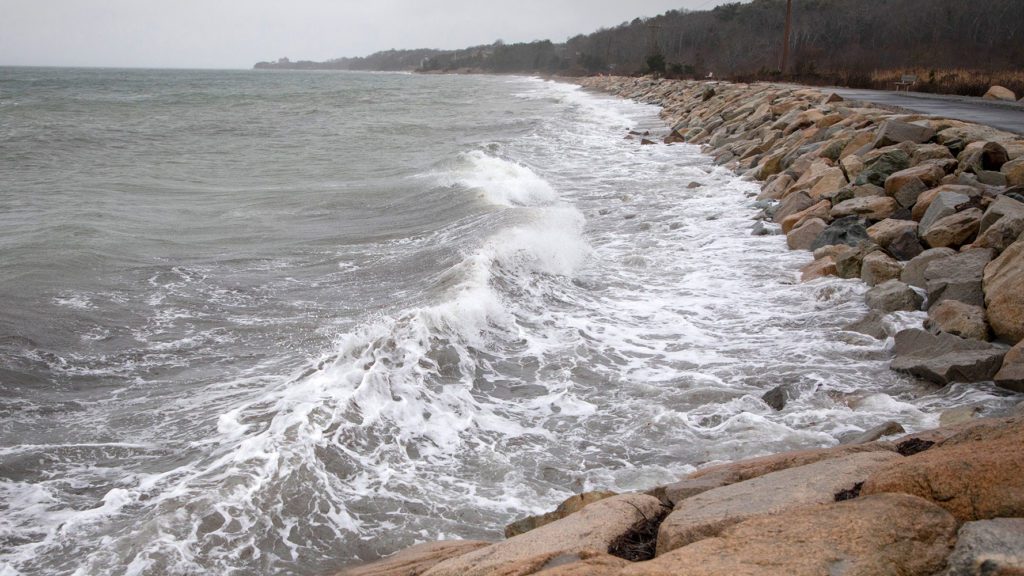In December 2022, a massive wave struck a cruise ship traveling to Antarctica. It shattered windows and flooded rooms, killing one person and injuring another four. News reports called it a rogue wave—a wave of unusual size that seemed to come out of nowhere.
Mariners have reported such unexpected, massive waves for hundreds of years. For most of that time, people thought it was mere folklore. But on New Year’s Day in 1995, one of these waves was detected by a scientific instrument. A laser was attached to the Draupner gas platform in the North Sea, midway between Scotland and Norway. The laser measured the height of the waves. Most were big at the time, due to a weather system that had just moved through. The tallest were about 12 meters (39 feet) high. But one measured a whopping 25.6 meters (84 feet) from trough to crest. Luckily, the wave didn’t damage the platform. But the measurement confirmed, for the first time, that rogue waves exist.
But what, exactly, is a rogue wave? When scientists talk about wave height, they tend to focus on the tallest one-third of the waves in an area. They call the average of these the “significant wave height.” No matter the weather conditions, waves vary in size. It’s those taller, significant waves that have the most energy and are most likely to cause damage. They’re also the best ones for surfing. For a scientist to call a wave rogue it has to be at least twice as high as the significant wave height in the area. The most extreme rogue wave recorded was three times taller. But unless instruments are taking measurements, it’s hard to say if a wave qualifies as rogue, especially in stormy seas.
What causes some waves to grow higher than others?
Rogue waves aren’t the only waves of unusual size. There are many accounts of large, unexpected waves washing over seawalls and up onto beaches. These can injure people and damage structures along the shore. What causes some waves to grow to unusual heights?
Scientists measure waves in terms of their height from crest to trough. They also measure the wavelength, which is the distance from one crest to the next, and the period, the time between wave crests as a wave passes. Waves move at different speeds, depending on their wavelength, their period, the water depth, and any underlying water motion.
Faster-moving waves can catch up to slower ones; if the peaks and troughs align, they can reinforce each other. Changes in wave speed can also cause waves to change direction. If they bend away from each other, they create areas of low wave heights. If they focus toward each other, wave heights increase. These processes can create waves that wash far up the beach, soaking towels and other items that seemed to be in a safely water-free zone.
What causes a rogue wave?
But not all waves add up in this way. Some exchange energy when they interact. This causes the wave heights to multiply, rather than simply add together. It’s this kind of interaction that creates rogue waves. Although the exact cause is not yet understood, rogue waves are the subject of serious investigation. Scientists hope it won’t be long before we have a better sense of when and where they will strike.
RELATED VIDEO
LEARN MORE
What causes ocean waves?
A trip to the ocean means sun, wind, and waves. Surfers ride them. Children play in them. Swimmers dive beneath them. But what causes waves?
Earthquakes and Seismic Waves
When an earthquake occurs, rocks at a fault line slip or break, and two sections of Earth’s…
The Waves Within the Waves
Scientists stalk the mysterious phenomenon of internal waves
Oceanus magazine, WHOI
Scientists Seek Cause of Mysterious 'Rogue' Waves
"Rogue waves" are monsters of the open ocean
Science out of the box, NPR
Bidlot, J.-R., et al. What conditions led to the Draupner freak wave? ECMWF Newsletter, no. 148. July 2016. https://www.ecmwf.int/en/newsletter/148/meteorology/what-conditions-led-draupner-freak-wave
Cousins, W. et al. Predicting ocean rogue waves from point measurements: An experimental study for unidirectional waves. Physical Review E, Vol. 99. 2019. doi: 10.1103/PhysRevE.99.032201
Deliso, M. ‘Rogue wave’ strikes Antarctic cruise ship, leaves 1 dead and 4 injured. ABC News. December 5, 2022. https://abcnews.go.com/International/rogue-wave-strikes-antarctic-cruise-ship-leaves-1/story?id=94351154
Gemmrich, J. & L. Cicon. Generation mechanism and prediction of an observed extreme rogue wave. Scientific Reports. Vol. 12. February 2, 2022. doi: 10.1038/s41598-022-05671-4
Nikolkina, I. And I. Didenkulova. Rogue waves in 2006-2010. Natural Hazards and Earth System Sciences, vol. 11. 2011. doi: 10.5194/nhess-11-2913-2011
DIVE INTO MORE OCEAN FACTS
Why is the ocean vital for our survival?
Without the ocean, life as we know it wouldn’t be possible.
How do ocean robots take the pressure?
Find out how engineers build robots to withstand the crushing pressures of the deep sea
Is glacier ice actually rock?
In places where it gets cold and snowy in winter, many meters of snow can fall. In some the following winter, adding a new layer to what was already there. Over hundreds to thousands of years, this process creates big sheets of ice called glaciers.
What makes the ocean salty?
The water flowing into the ocean comes from freshwater streams and rivers. These bodies of water do contain salt. It dissolves from rocks on land. That’s because rain is slightly acidic.

